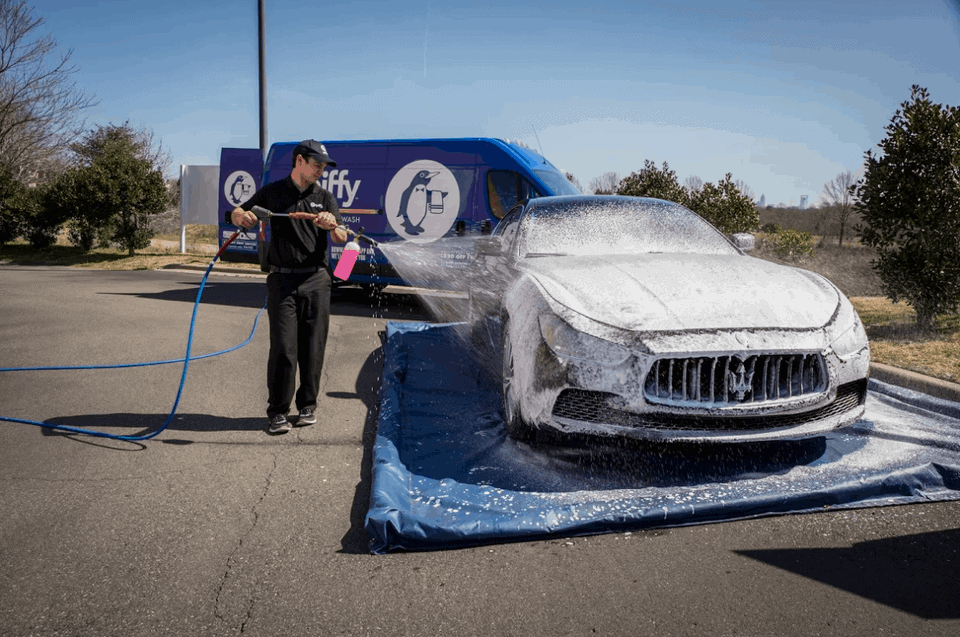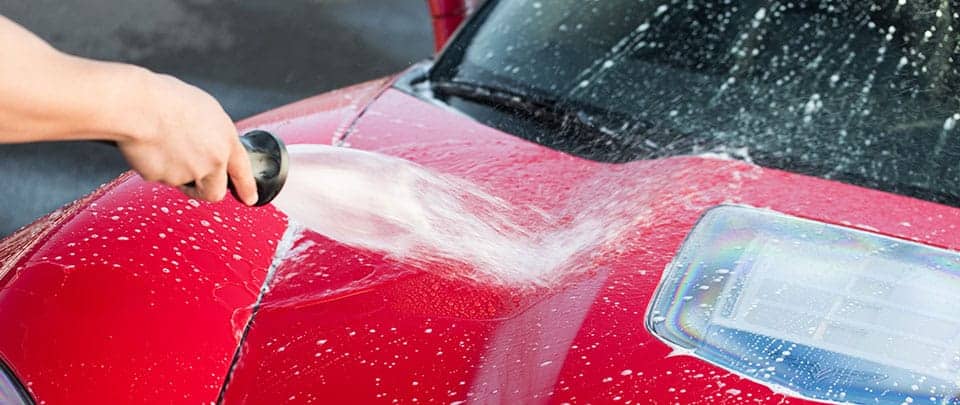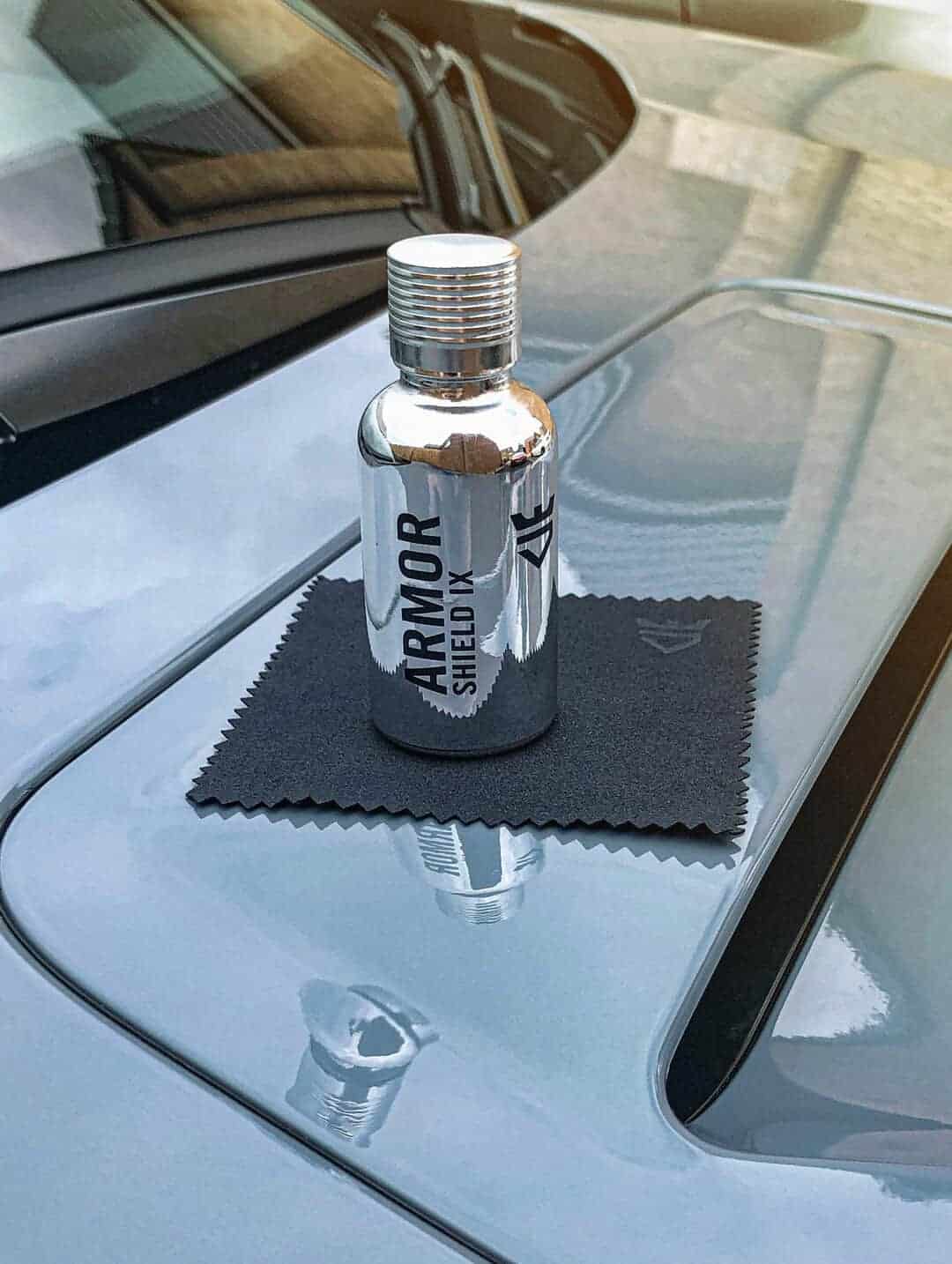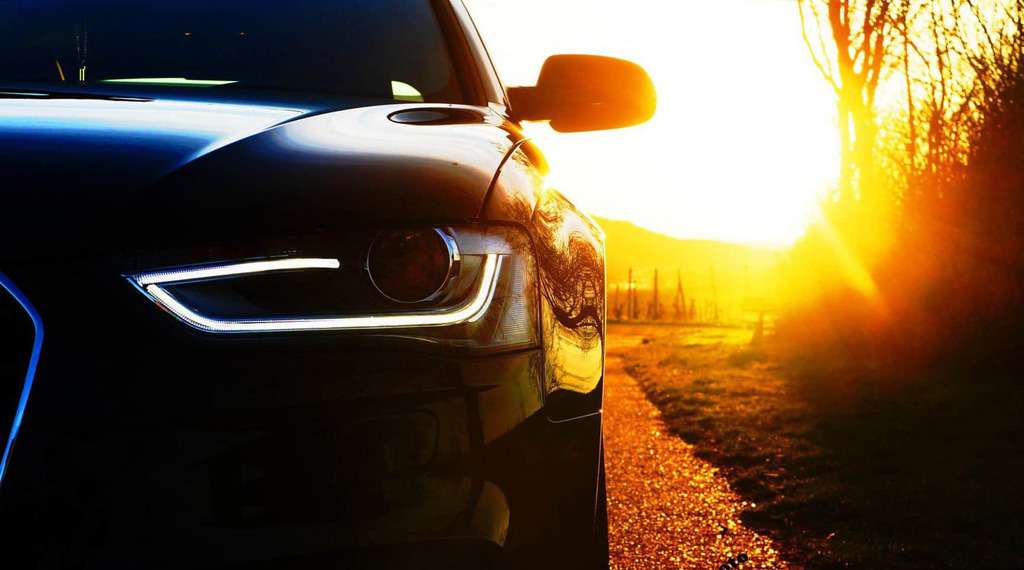We receive multiple inquiries from current or potential Armor Shield IX customers. From asking about application tips to warranty information and everything in between, we pride ourselves on providing quick and factual answers to every inquiry. One item that has recently popped up from a few potential customers is DIY ceramic coating for cars safe to use.
In a word – yes. We’ve engineered Armor Shield IX to be generally safe to use coating as a sealant to protect the clear coat of paint. However, like any other paint protection product, there are some ingredients in a ceramic coating kit that may cause mild irritation to the skin or the eyes, or the digestive system if ingested.
To ensure you have all the facts, we’ve decided to provide this definitive guide about the safety of our Armor Shield IX nano coating.
In the information below, we’ll outline what ingredients make up Armor Shield IX, explain what to do to protect yourself from accidental exposure, how it’s different from car wax or carnauba wax, what’s in it that amplifies existing swirl marks, and provide some other hard to find facts car detailers and other manufacturers choose to keep to themselves.
What is DIY Ceramic Coating Products Made From?
Your typical DIY nano coating is a liquid polymer made up of multiple ingredients that work together to provide a semi-permanent layer of protection for automotive paint, wheels, glass, vinyl wrap, and other products – even metal. It works longer than wax, can repel brake dust on wheels, improve visibility on windshields, improves vehicle paint maintenance and reduce the need to frequently wash your car every other day.
While it’s not common for nano coating companies to discuss their product ingredients (and certainly NOT what percentage of ‘stuff’ is included), we’re all about breaking molds and shit.
So, here is what is in Armor Shield IX. And NO – we’re not going to tell you what percentage of each is included, that’s our secret.
- Nano SiO2
- Nano TiO2
- Activation of Fluorine
- Brightening Silicon Particles
- Poly Silazane
- Triethanolamine
- Water

Our product is designed for use for automotive bodies, windshields, leather, and other metal or glass surfaces. It mainly fills the imperfections and valleys that are found in clear coatings or other surface areas, increases the hardness of surfaces, and makes the surface exceptionally smooth. It does not come with a lifetime warranty, but Armor Shield IX is the only DIY nano coating that has an expected longevity guarantee.
When it cures, it provides a crystal layer of protection that can play a role in dust prevention, scratch-resistance and provide strong hydrophobic properties – meaning it repels water. Unlike carnauba wax, it can last 2 to 5 years. It can be applied by yourself, a detailer, or with your buddies. It also does not need to be reapplied after car washes, provides superior scratch resistance, and reduces water spotting.
How to Handle Exposure to Ceramic Coatings

Our product is not considered a hazardous substance or mixture. However, it’s not recommended to inhale, ingest, or leave on skin for extended periods. One question we receive frequently is asking why we include nitrile gloves with our installation kit?
Well, it serves two purposes, first, Armor Shield IX is a can be ‘tacky’ – especially when it’s really hot or humid (which is why we recommend using this product in low humidity and mid-temperature zones, indoors). So – we don’t want your hands to get sticky or have it dry on your hands, because it’s like super-glue when it cures.
That being said, there are some safety or accidental exposure tips that you should follow:
- If inhaled: If you breathe in the product excessively, make sure to walk outside into fresh air.
- In the case of skin contact: Wash off with soap and plenty of water and dry with a towel.
- In the case of eye contact: Flush eyes with water as a precaution.
- If swallowed: Never give anything by mouth to an unconscious person. Rinse mouth with water.
What Does a Ceramic Coating Do?
So, now that we’ve got all the basics covered about whether or not nano-ceramic coatings are safe for consumers to use, let’s talk about what they do.
Basically, a ceramic coating like Armor Shield provides a layer of protection on the ceramic coated surfaces in which they are applied. When it hardens, it basically forms a hard shell stronger than waxes (like an M & M but don’t eat it) that is incredibly smooth and flat.
This helps the surface to reduce sticking of anything that touches it including water, dust, dirt, contaminants, bug droppings, tree sap, bird shit, and other crap that’s hard to remove. It makes cleaning and hand wash simple and easier.
It also helps to reduce the potential of spray paint sticking, which makes it a really good anti-graffiti product for those who tend to piss off vengeful ex-girlfriends or others.
There are a few main benefits that ceramic coatings provide.
Protection from Oxidation or UV Damage

As a vehicle sits outside and is exposed to the sun, the paint or specifically the clear coating on top of the paint begins to break down. Frequent exposure of UV rays then penetrates the weak clear coating and begins to oxidize the paint. This results in fading or dulling the paint finish.
Ceramic coatings contain SiO2 or silica dioxide, which forms the hard-protective layer of glass that blocks UV rays from penetrating the clear coating. As a result, it helps to reduce oxidation.
Protects from Chemical Damage and Stains

Chemical exposure can also cause a cluster fuck of problems for vehicle owners. Chemicals as a whole are mainly acidic in nature, meaning that they penetrate whatever it is they are intended to destroy. While chemical cleaners and degreasers are designed to remove lubricants, grease, and oil, they can cause havoc on paint.
By applying the ceramic coating, you’ll have the protection needed to reduce damage due to chemical exposure.
Easier to Clean

The word hydrophobic means more than just being afraid of water (look it up). For ceramic coatings, it’s the properties that reduce the potential of items (more than water) from sticking to paint surfaces. This includes dirt, mud, and other debris. In fact, most people use a ceramic coating because it helps to keep their paint cleaner for longer periods.
Improved Gloss and Shine

When you apply a ceramic coating, it’s recommended to polish and remove any paint damage. This is because these products amplify what’s underneath them. So, if the paint is nice and clean, it will make the car look nicer and cleaner. Ceramic coating is transparent and is basically an exceptionally strong semi-permanent layer of glass.
What Does Ceramic Coating NOT Do?
While the ceramic coating is a well-rounded paint protection product, it’s not bulletproof. The myths about these products abilities are arguably the biggest challenge for manufacturers to deal with, as there are truly some epic whoppers out there.
Here are a few of my favorite flat-out falsehoods about ceramic coatings.
They Eliminate Scratches Forever – FALSE

Ceramic coatings have scratch-resistant properties, but they don’t make your car 100% scratch proof. The biggest trigger for this false narrative is the old lighter scratch trick, where somebody grabs a cigarette lighter and rapidly strikes the protected surface, creating light scratch marks. Once they’re done, they grab a microfiber cloth and simply rub them off.
While these coatings are really strong and durable, there are many items that will penetrate them, and cause damage to your paint, like rocks, hunks of metal, and other solid objects.
You’ll Never Have Water Marks or Spots Again – FALSE

A ceramic coating like Armor Shield IX has exceptional hydrophobic properties, but it’s not waterproof. While water and mud literally slide off protected surfaces, there are still some small particles that remain. Depending on the calcium level of the water, this might create some water spots. If this does occur, a simple wipe down with a microfiber cloth will remove them.
No Need to Wash the Car – FALSE

We also talk a lot about how well ceramic coatings work at reducing the build-up of dirt and other particles. But this doesn’t mean they keep the car completely clean. Eventually, dirt, road grime, debris, and other particulates will build-up on the coated surface.
This will require you to wash the vehicle. IN fact, the aftercare recommendation for Armor Shield IX is to wash the vehicle every two weeks, using the trusty two-bucket washing method.
What is a Nano Quartz Ceramic Coating?
There are a lot of names that fall under the automotive ceramic coating umbrella. One of the most popular is a nano quartz ceramic coating. The primary ingredient that makes ceramic coatings for cars work is silicon dioxide, which has a chemical formula of SiO2. This also happens to be the formulation of quartz.
Essentially SiO2 and Quartz is the same thing, so when you hear somebody referring to a ceramic coating as quartz ceramic coating, it’s not a different grade of product – they are one and the same. The nano implies the technology used to compact the quartz to smaller particles that infuse onto a painted surface.
Where to Find Factual Ceramic Coating FAQ’s
We hope that by reading this article you feel comfortable knowing that ceramic coatings for cars, trucks, SUV’s, motorcycles, or any other piece of equipment is safe. Here at AvalonKing, we strive to provide factual information – not fluff or bullshit marketing spin, to show why our products are simply put – the best out there.
One of the ways we accomplish this task is through this blog, and our FAQ section. We’ve compiled a lot of questions from customers, who contact us prior to purchasing Armor Shield IX. Every time we receive a new question or inquiry, we either write a blog to discuss the topic, answer our customers quickly, or provide detailed answers in our general FAQ section.










![[EXPLAINED] How Much Does Ceramic Coating Cost and Is It Worth It?](http://avalonking.com/cdn/shop/articles/97F438FD-8651-4107-8C5E-F0EC1A1A094F_1000x.jpg?v=1651076367)


2 comments
Gerald
Is your product safe to use over a front end clear wrap ?
Is your product safe to use over a front end clear wrap ?
Ernest
Is there a shelf life for AvalonKing Armor Shield IX Ceramic Coating?
Is there a shelf life for AvalonKing Armor Shield IX Ceramic Coating?